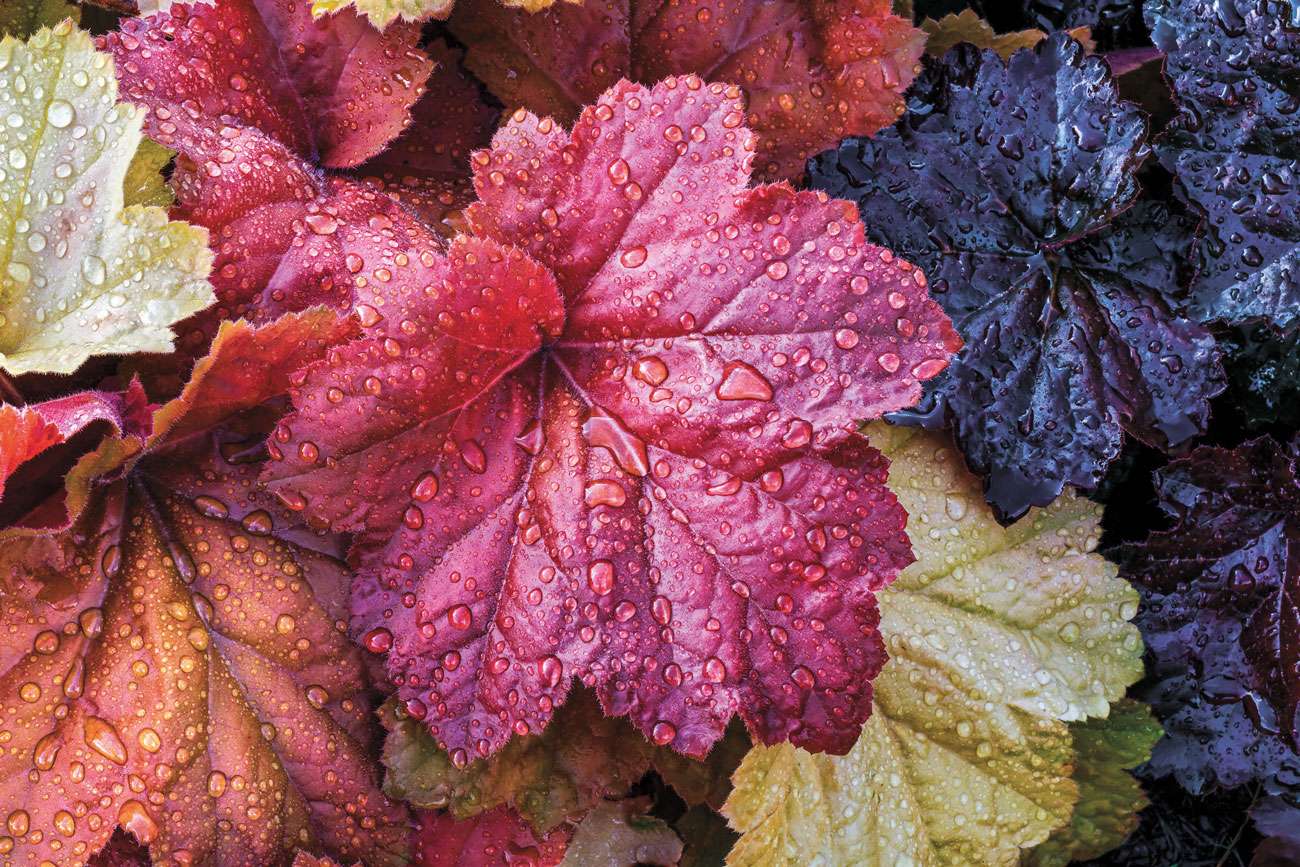
There are so many flowers that burst forth in May, so we are really spoilt for choice but one of the best wild flowers this month must be the bluebell – although, because it has been so mild, they have started to flower in April this year. The bluebell is a quintessential sign of British springtime, with the vast spreads of tiny blue flowers found across Britain. In fact, the UK’s woodlands are home to almost 50% of the global population of our native bluebell (Hyacinthoides non-scripta). Bluebells are native to the whole of western Europe. They’re associated with ancient woodland, which is a woodland that has existed continuously since 1600 or before in England, Wales and Northern Ireland (or 1750 in Scotland). Millions of bulbs may grow closely together in one wood, creating one of nature’s most stunning displays. This is because bluebell bulbs have no dispersal mechanism. However, they do have roots with little barbs on them, which are pulled down into the soil, so they are not eaten and taken far and wide – clever eh?!
Because they grow in ancient woodland they are mostly to be found under oak trees, which are arguably the best known and loved of British native trees and it is the most common tree species in the UK, especially in southern and central British deciduous woods. Interesting Fact: acorns are not produced until the tree is at least 40 years old. Also, although not native to Scotland, the beech – or Fagus sylvatica in Latin – is a common tree across much of Europe. It is thought that beech trees arrived on our shores during the Bronze Age. Beech leaves are a wonderful bright green colour at this time of year and are much more delicate than oak leaves in my humble opinion!
There are lots of jobs to do in the garden, such as planting out summer-flowering bedding plants and dahlias now that the risk of frost should have passed. Also, roses need to be cared for, as they should be growing strongly now that the weather is improving. New shoots are magnets for aphids, which suck sap and distort growth. Small infestations can be squashed by hand, or sprayed off with a hose. Once the bugs are on the ground, they are eaten by beneficial garden insects. Larger infestations can be sprayed with a product containing deltamethrin in the early morning or evening to avoid busy times of day for bees. Some repeat flowering roses can be in flower from mid to late May and if they are deadheaded promptly, they can flower again in around 45 days’ time. This is best done with sharp secateurs. Ramblers and climbers can be tied in now too, so they can grow healthily and neatly.
I am afraid that weeds also grow very fast this month and it is essential to remove them as they tend to be vigorous and quick-growing species that can out-compete your garden plants for light, moisture and space. Also, weeding allows you to get up close to your plants, allowing you to spot pests or diseases that may be lurking about. However, recent research has shown that the soil structure should not be disturbed too much, as there are so many insects and worms burrowing about breaking down plant matter and aerating the soil. So it is much better to gently prise out the weeds with a long handled small fork, rather than digging down deeply. This is called spuddling!
Do enjoy this lovely month in the garden.











